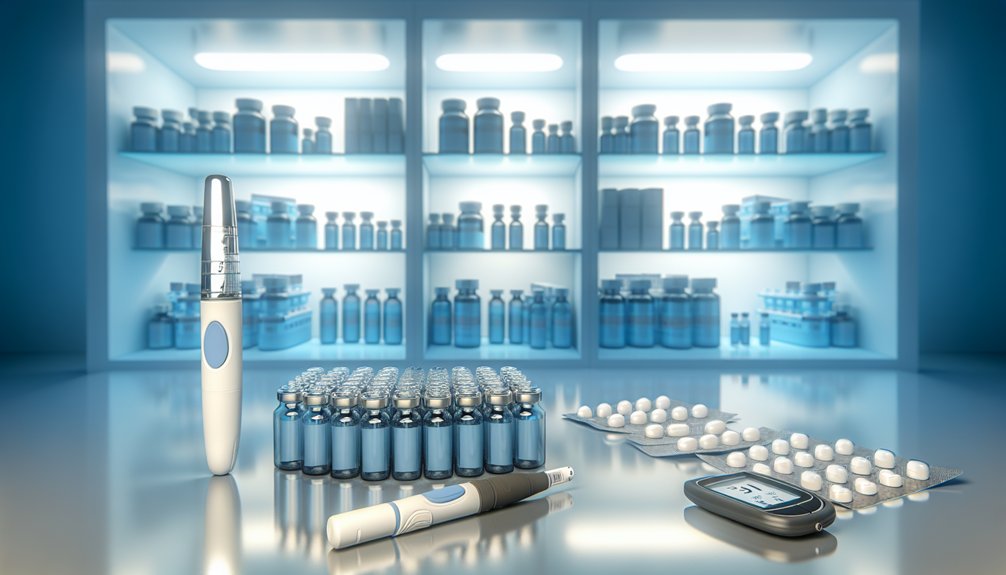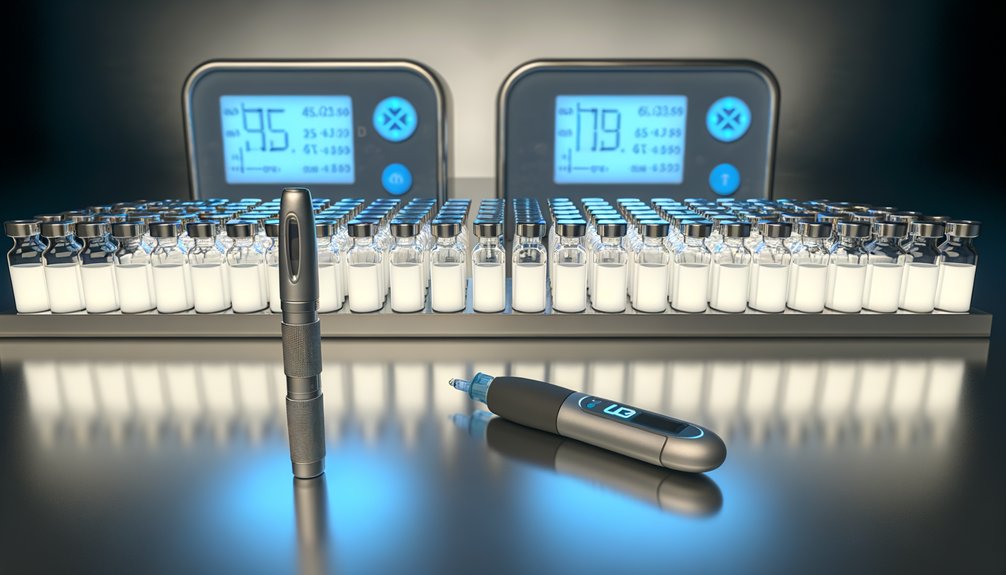The world of Type 2 diabetes medications is transforming, with new developments on the horizon for 2025. Innovative treatments like GLP-1 receptor agonists and SGLT2 inhibitors are changing lives and improving health outcomes. These medications not only help manage blood sugar but also support heart and kidney health. Continuous glucose monitoring technology adds a personal touch, allowing real-time insights into glucose levels. It’s a hopeful time for those managing diabetes, and there’s so much more to explore!

How can the latest advancements in Type 2 diabetes medications bring hope to those managing this condition? In recent years, significant progress has been made in treating Type 2 diabetes, making it easier for patients to live healthier lives.
The updated 2025 Standards of Care from the American Diabetes Association highlight the benefits of GLP-1 receptor agonists. These medications are now recommended for individuals with chronic kidney disease, obesity, and heart failure. The development of oral GLP-1 agonists represents a major breakthrough in making these treatments more accessible and convenient for patients. Imagine the relief of knowing that a prescription could not only help manage blood sugar levels but also reduce the risk of heart problems and kidney damage!
As more patients turn to newer medications like SGLT2 inhibitors, the landscape of diabetes treatment is changing. These medications have been shown to improve diabetes control while also addressing heart and kidney health. Type 2 diabetes affects 1 in 10 Americans, making these advancements even more crucial for widespread health improvements. Additionally, many healthcare professionals believe that better access to CGM will significantly enhance Type 2 diabetes management in the coming years.
With a shift away from older drugs like sulfonylureas, which often come with unwanted side effects, it feels like a refreshing change. However, there’s still work to be done as many patients are not yet receiving these effective treatments, impacting their overall health.
Combination therapies are becoming the standard, bringing even more hope. For those at high risk for heart disease, pairing SGLT2 inhibitors with GLP-1 receptor agonists offers a powerful double punch against diabetes. It’s like having a team of superheroes working together to protect your health.
The integration of continuous glucose monitoring (CGM) technology also plays a vital role. Patients can now track their glucose levels in real-time, allowing for personalized medication adjustments that lead to better management.
The future looks bright, with a focus on not just controlling blood sugar but also improving overall health outcomes. For those facing the daily challenges of diabetes, these advancements offer a renewed sense of hope and the promise of a healthier, more vibrant life.
